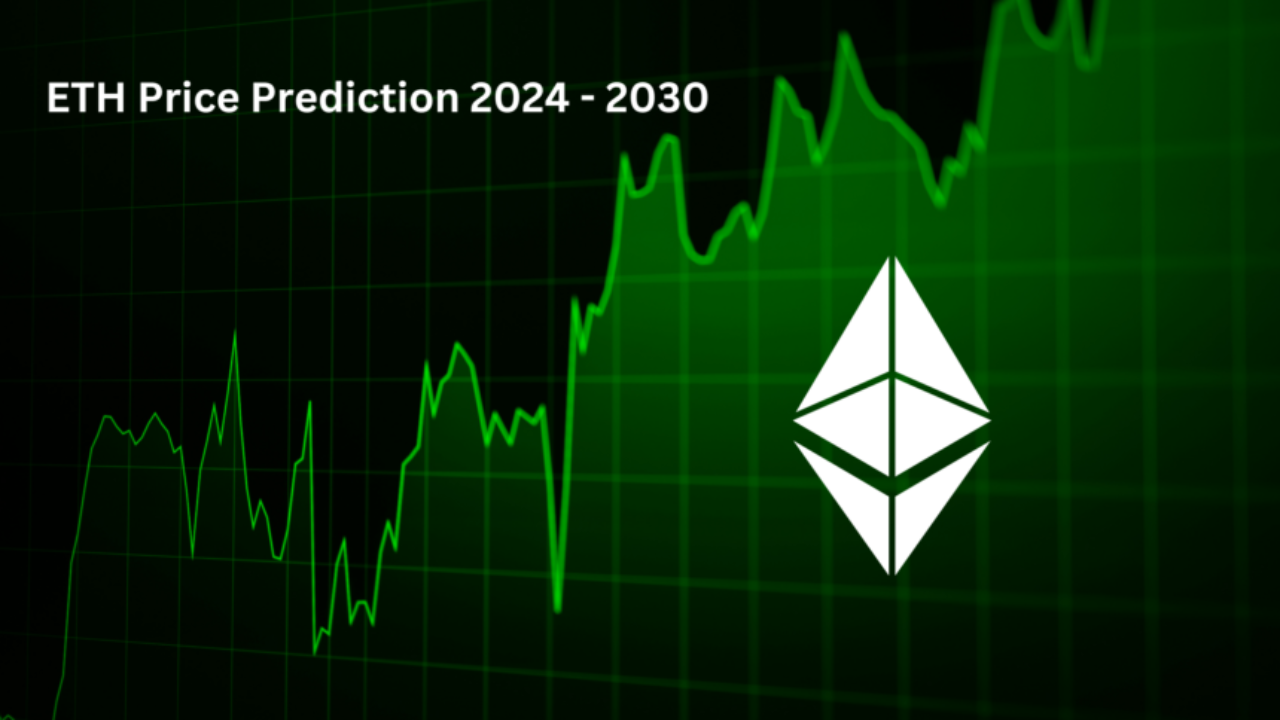Ethereum has been regarded as more than a digital asset for long enough. It forms the infrastructure of decentralized finance, smart contracts, non-fungible tokens, and Layer-2 networks. However, although Ethereum (ETH) has turned into a potent platform resource, it is not used as a common currency yet. By 2025, ETH will have become a transactional gas and a staking collateral as well as a financial speculation tool. In order to respond to the question whether ETH will be extensively used till the end of this decade, we need to take into consideration technological changes, ethereum price prediction 2030, macroeconomics, and other Ethereum use-cases that will determine the place of Ethereum in the world economy.
Why Can ETH be Spent?
If ETH is to become widely used as money, it has to serve the traditional three roles of a currency: a medium of exchange, a store of value, and a unit of account. To a great extent, Ethereum is already in this equation. It is the gas for all operations on the network, and almost all significant DeFi apps use ETH as a gas or liquidity. As we look further in time, Ethereum will possibly be prepared to deal with real-life trade in 2030. As Layer-2 rollups such as Optimism, Base, and Arbitrum help lower gas fees and speed up transactions, microtransactions may finally become economically viable. This opens up the scope of using ETH to pay at the point of sale, shop online, and for cross-border remittances. Ethereum and smart wallets, account abstraction, and biometrics have the potential to make the user experience even easier, enabling users to make a payment in ETH as simple as tapping a credit card.
ETH Is Not Spent Heavily Nowadays
However, ETH has not yet become a currency that can be used daily in the course of spending. This is due to a number of reasons. To begin with, ETH is not a stable currency, and this makes it hard to use as a unit of account. Once the value of a token is able to fluctuate by 10% or more in a day, neither the consumers nor the merchants are comfortable pricing their goods or services in it. Such stablecoins as USDT and USDC have occupied this niche, providing price stability but still taking advantage of the blockchain infrastructure. Second, the utility of ETH in the DeFi application encourages holding ETH instead of using it. A large number of ETH holders receive staking rewards, lend it as collateral in lending protocols, or stake it in yield strategies.
What Should Be Different in 2030
Three primary requirements must change to ensure that ETH becomes a commonly used currency by 2030. Volatility needs to be solved first, whether by price maturity, as Ethereum matures into a trillion-dollar asset, or by payment rails that automatically convert ETH to local permission or stablecoins at the cash register. This can protect the users from price volatility and continue to utilize ETH as the base payment token. Second, there must be clarity in regulation. Should tax regulations be changed to consider small ETH payments as tax-exempt, as is the case with the payment of low values of foreign currencies today, consumer payments would thrive. The nations possessing progressive crypto taxation policies can emerge as the first-time users of ETH-based payments.
Is ETH Oil or Currency?
A constant discussion has been going on among the Ethereum community regarding the primary purpose of ETH. There is also an opinion that ETH is a kind of digital oil that is used to fuel computation and security in the network. Other people claim that ETH must become an internet-wide currency that will rival stablecoins, central bank digital currencies (CBDCs), and Bitcoin. The solution may be the two. In the massive Ethereum Layer-2 economy, ETH might be used as a reserve currency in settlement and high-value transfers, with stablecoins used as the currency of low-friction retail payments. Otherwise, ETH might force out stablecoins in a few ecosystems where the decentralized asset is more valuable than a fiat-backed value token.
Conclusion
The response to this is: it all depends. The modern technology and reforms in regulations may help ETH become a popular digital currency, which will be used to make purchases all over the world. However, a significant portion of the ETH value is due to its utility as a network asset and store of value that can restrict its application in everyday transactions. Nevertheless, in case Ethereum scales further, and user interfaces are eliminated in the eyes of an average user, ETH may become not only a dApp fuel, but a viable alternative to fiat and stablecoins.


